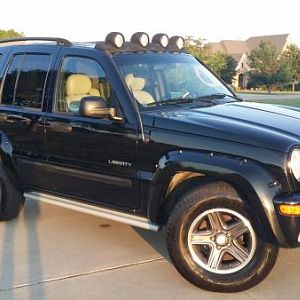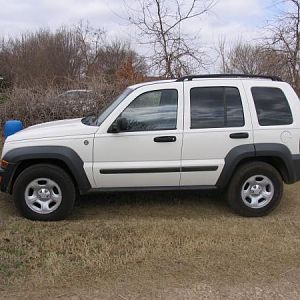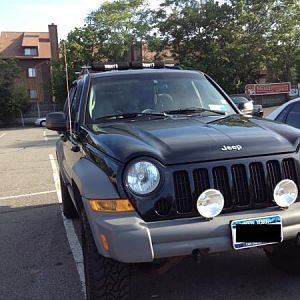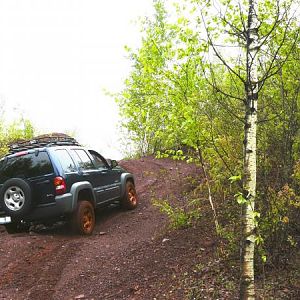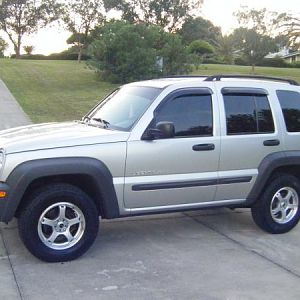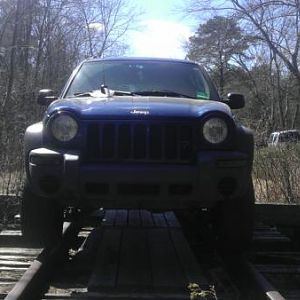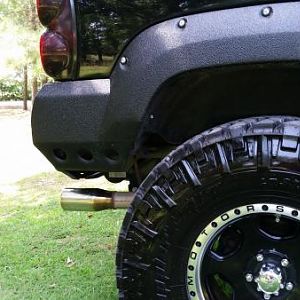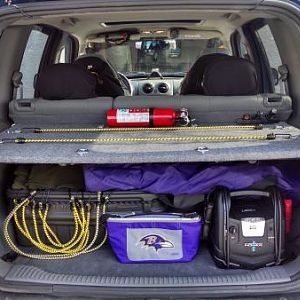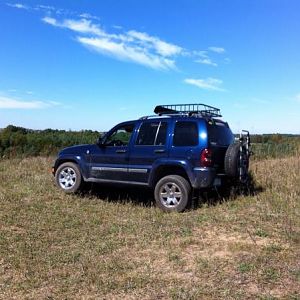Remembering lessons learned when lighting the ole BBQ pit\grill:
- add too much igniter fluid on barely lit coals and you get white vapors = too much fuel lowers temperature below combustion level, fuel never reaches ignition temperature but is above vapor point temperature
- add too much igniter fluid on fiercely-glowing coals and you get black sooty vapors = too much fuel not enuff oxygen, flame goes out, sooty un-burned fuel vapors
- add water where coals are too hot, burning the feast, reduces temperature = white steam vapors
So, in a heat ignition engine, which you got one of:
Black sooty smoke = water in fuel, where you have combustion but water douses flame B4 all fuel\oxygen is consumed
Black sooty smoke = too much fuel, where not enuff oxygen and flame goes out, but fuel was above combustion temperature
White vapors = fall\winter\spring = cold ambients, cold fuel, cold engine, not enuff heat for combustion, maybe too much advance = normal for cold clymes
White vapors = too much injection advance, where not enuff heat for combustion and early fuel further cools cylinder temps, some fuel never reaching ignition temps
Really bad symptoms: engine coolant leak into cylinder\exhaust, resulting in steam = white vapors, very stinky exhaust
- add too much igniter fluid on barely lit coals and you get white vapors = too much fuel lowers temperature below combustion level, fuel never reaches ignition temperature but is above vapor point temperature
- add too much igniter fluid on fiercely-glowing coals and you get black sooty vapors = too much fuel not enuff oxygen, flame goes out, sooty un-burned fuel vapors
- add water where coals are too hot, burning the feast, reduces temperature = white steam vapors
So, in a heat ignition engine, which you got one of:
Black sooty smoke = water in fuel, where you have combustion but water douses flame B4 all fuel\oxygen is consumed
Black sooty smoke = too much fuel, where not enuff oxygen and flame goes out, but fuel was above combustion temperature
White vapors = fall\winter\spring = cold ambients, cold fuel, cold engine, not enuff heat for combustion, maybe too much advance = normal for cold clymes
White vapors = too much injection advance, where not enuff heat for combustion and early fuel further cools cylinder temps, some fuel never reaching ignition temps
Really bad symptoms: engine coolant leak into cylinder\exhaust, resulting in steam = white vapors, very stinky exhaust


